Curious about the Proof House?
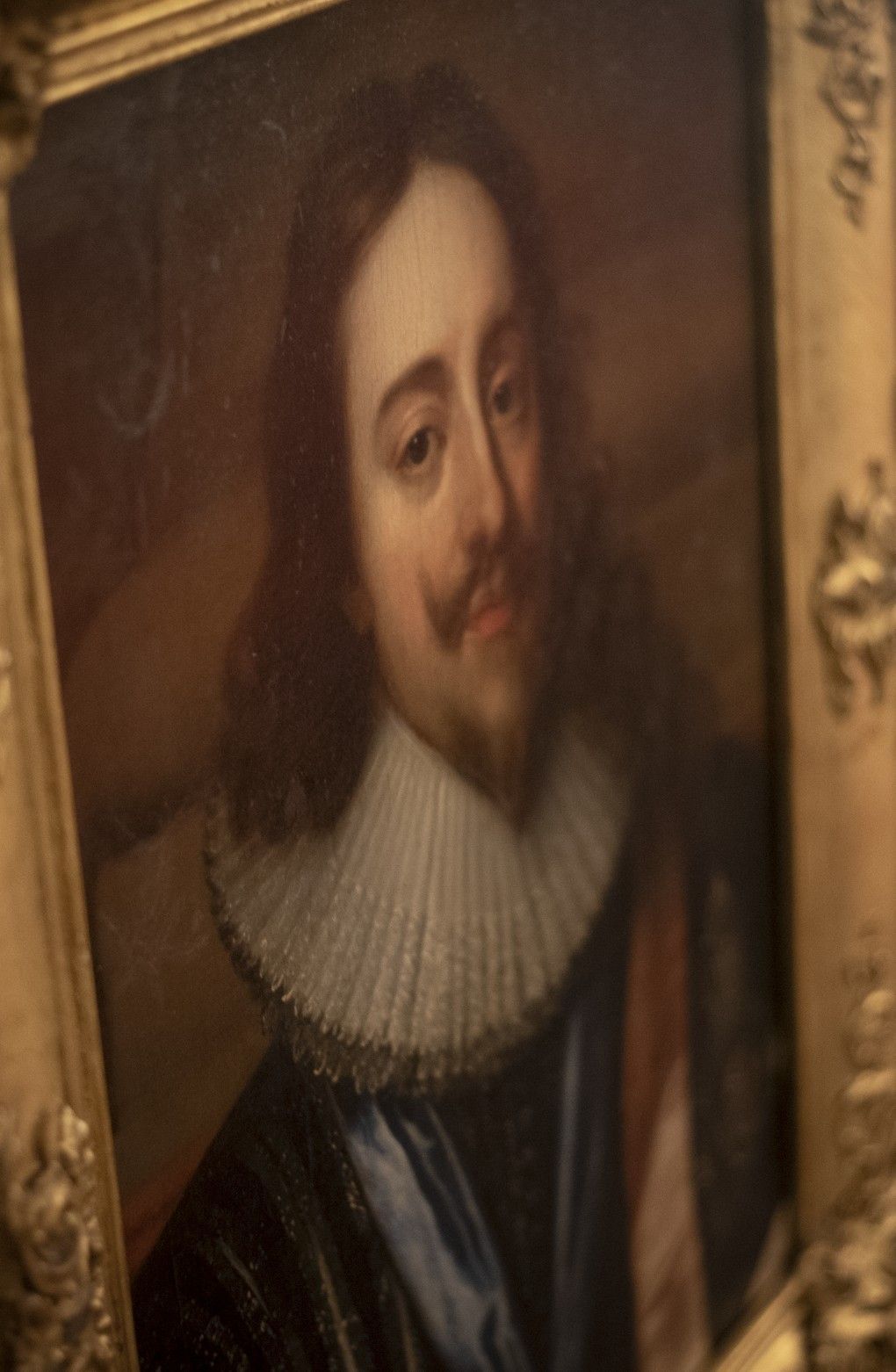
The History of the London Proof House
The London Proof House was established by Royal Charter in 1637 under King Charles I. It has stood for quality and safety ever since, ensuring that gun made or sold in the UK are safe, reliable, and durable. The Proof House was founded over concerns about the safety of firearms, which were becoming more and more popular with the military and civilians alike. Before this gun proof was unregulated and weaknesses or defects in guns posed a significant risk to their users.
The founding of the proof house
Pre 17th century gunmakers worked without any broad system for quality control and the resulting risks associated with gun failures were often severe. Injuries were common and fatalities were an accepted risk. In 1637 the Worshipful Company of Gunmakers was established as an authority to regulate the proofing of all new firearms in London.
Originally located in the heart of the City of London, the Proof House was dedicated to inspecting and rigorously testing firearms. In many ways it was a simple process, test firing guns with an oversized charge to see if they would survive beyond what was expected in their normal use. Firearms that weren’t damaged in the process were marked, stamped in the metal, signifying their compliance. A proof mark.
Improving proofing standards
Over nearly 400 years firearms technology has changed and improved, along with the ability of the Proof House to predict and analyse faults, even before the act of Proof is undertaken. Black powder gave way to increasingly more refined smokeless propellants, and the performance of firearms increased dramatically. Guns also became more complicated and refined with the introduction of automatic weapons and high-performance calibres.
The Gun Barrel Proof act of 1868 was a significant milestone, formalising the requirements for proofing and ensuring that London, and the more recent Birmingham operation worked under the same legal framework. It made it illegal to sell or trade unproofed firearms, significantly reducing the number of injuries. As a result, The London Proof House became an indispensable partner for manufacturers, the military, importers, and dealers alike.
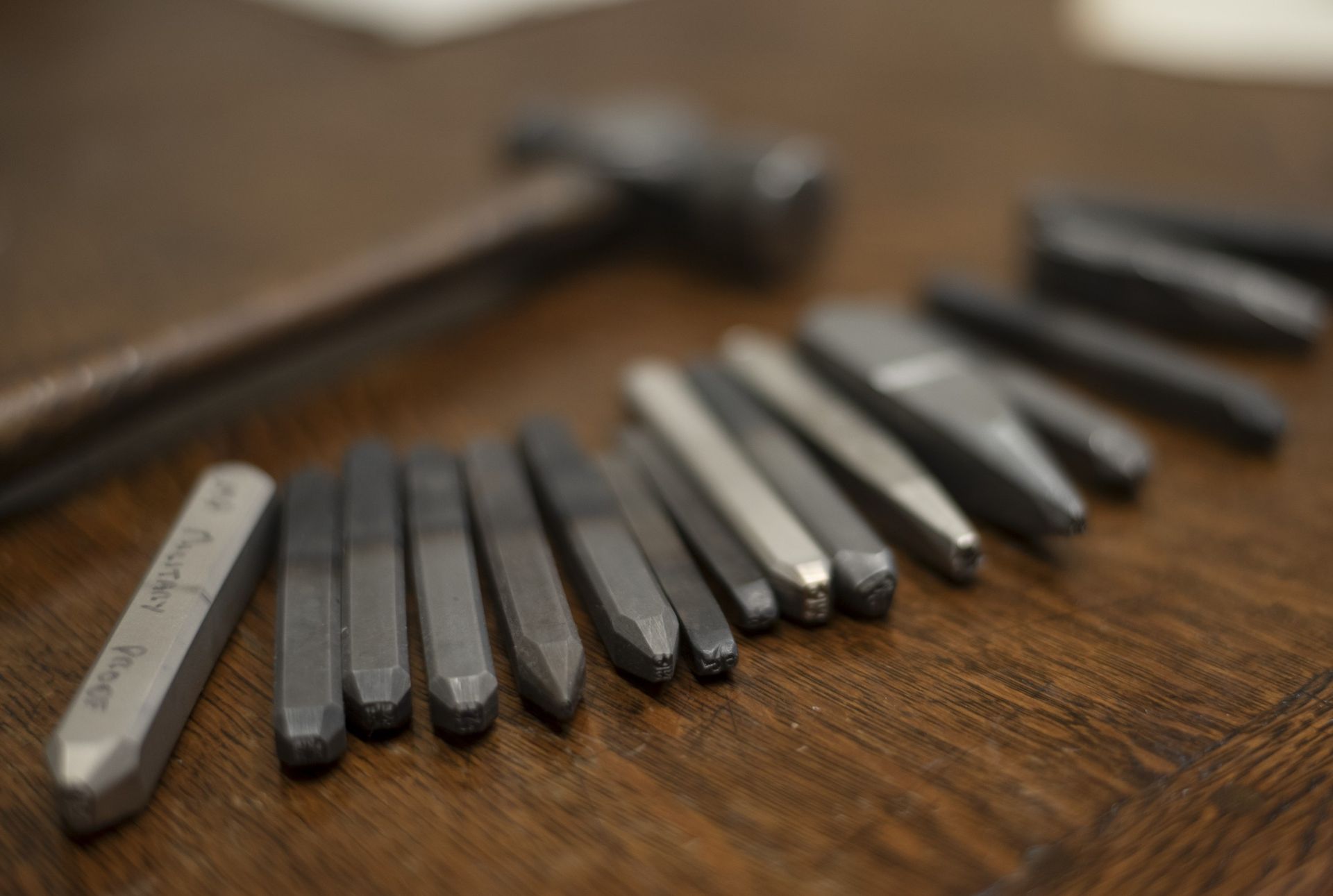
The 20th Century
During the two World Wars, the role of the London Proof House became even more critical. With Britain engaged in large-scale military conflicts, the demand for reliable firearms skyrocketed. The Proof House worked extensively with the British armed forces, ensuring that weapons produced for soldiers met stringent durability and performance standards.
Post-war, the Proof House continued to adapt to the changing landscape of firearm manufacturing. The 1950s and 1960s saw the rise of imported firearms from Europe and beyond, requiring the Proof House to expand its operations to accommodate foreign-made guns entering the UK market.
One of the most significant modern developments in proofing came with the adoption of high-pressure testing, which became standard for all firearms proofed in the UK. This method ensures that weapons are tested to withstand pressures well above normal firing conditions, enhancing safety for shooters and manufacturers alike.
The London Proof House Today
In the present day, the London Proof House remains one of only two proofing institutions in the UK, alongside the Birmingham Proof House. It continues to operate under the authority of the Gun Barrel Proof Act and subsequent legislative updates. The Proof House is responsible for testing both new and imported firearms, as well as re-proofing older guns that have undergone repairs or modifications.
With technological advancements in metallurgy and ballistics, modern proofing involves precise measurement techniques, including digital pressure sensors and high-speed imaging. However, the fundamental principles established centuries ago remain intact: ensuring that firearms are safe, reliable, and compliant with legal standards.
The London Proof House also plays a vital role in forensic firearms analysis, assisting law enforcement agencies in criminal investigations. By examining proof marks and conducting ballistic tests, the Proof House can help trace the history of firearms used in crimes, further cementing its importance beyond the commercial gun trade.
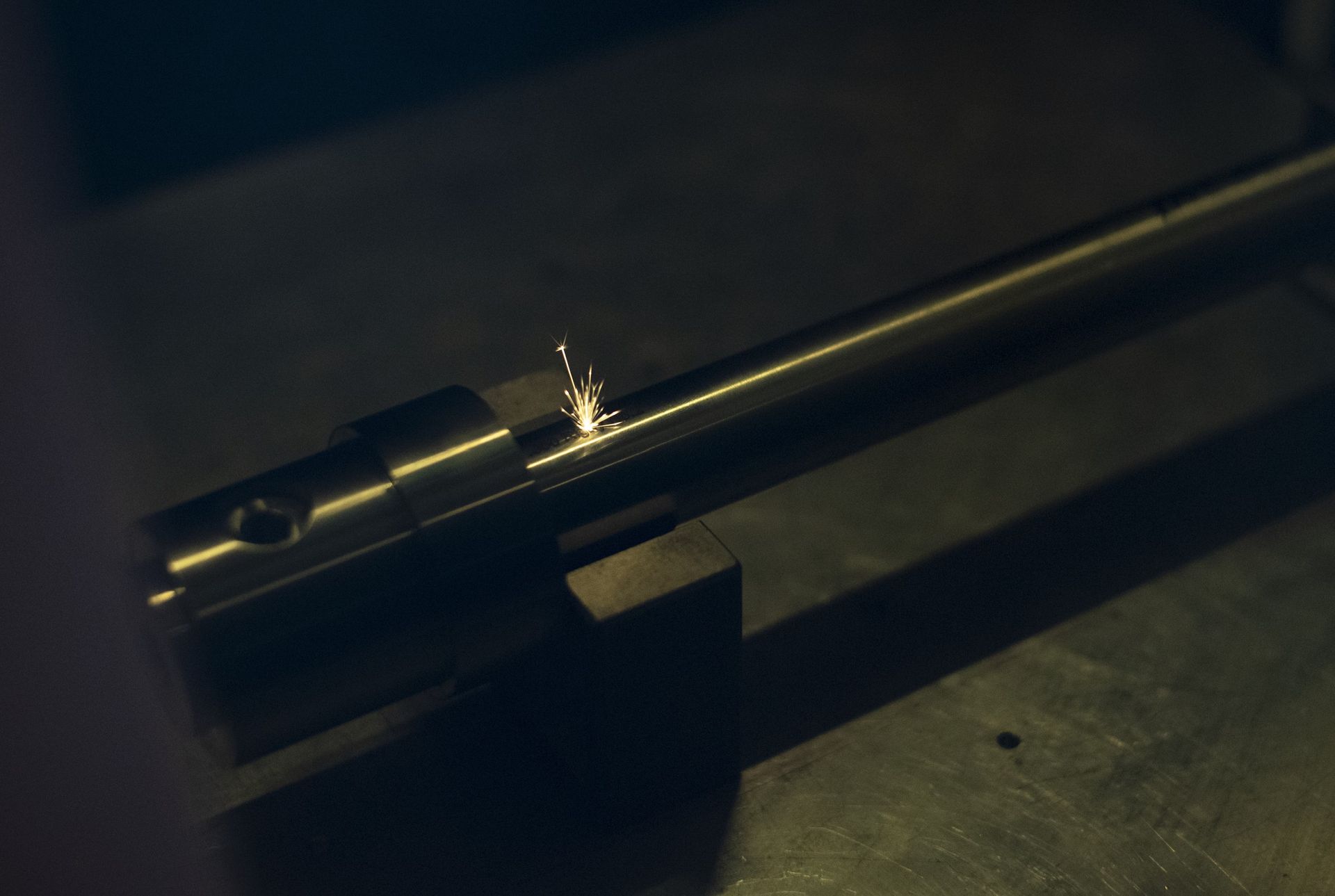
The Legacy and Importance of the London Proof House
The London Proof House is more than just a regulatory body; it represents a tradition of excellence in firearm safety and craftsmanship. Throughout its long history, it has upheld the highest standards of quality, protecting shooters, manufacturers, and the general public from the dangers of inferior firearms.
In a world where firearms technology continues to evolve, the Proof House remains a cornerstone of the gun trade, adapting to new materials, manufacturing methods, and legal requirements. Its enduring presence is a testament to the importance of rigorous firearm proofing—a practice that has safeguarded countless lives for nearly 400 years.
As the shooting industry faces new challenges, from regulatory changes to technological innovations, the London Proof House stands as a symbol of resilience and commitment to firearm integrity. Whether testing a newly manufactured sporting shotgun or re-proofing a century-old hunting rifle, its mission remains unchanged: ensuring that every firearm bearing its mark is safe, reliable, and built to last.
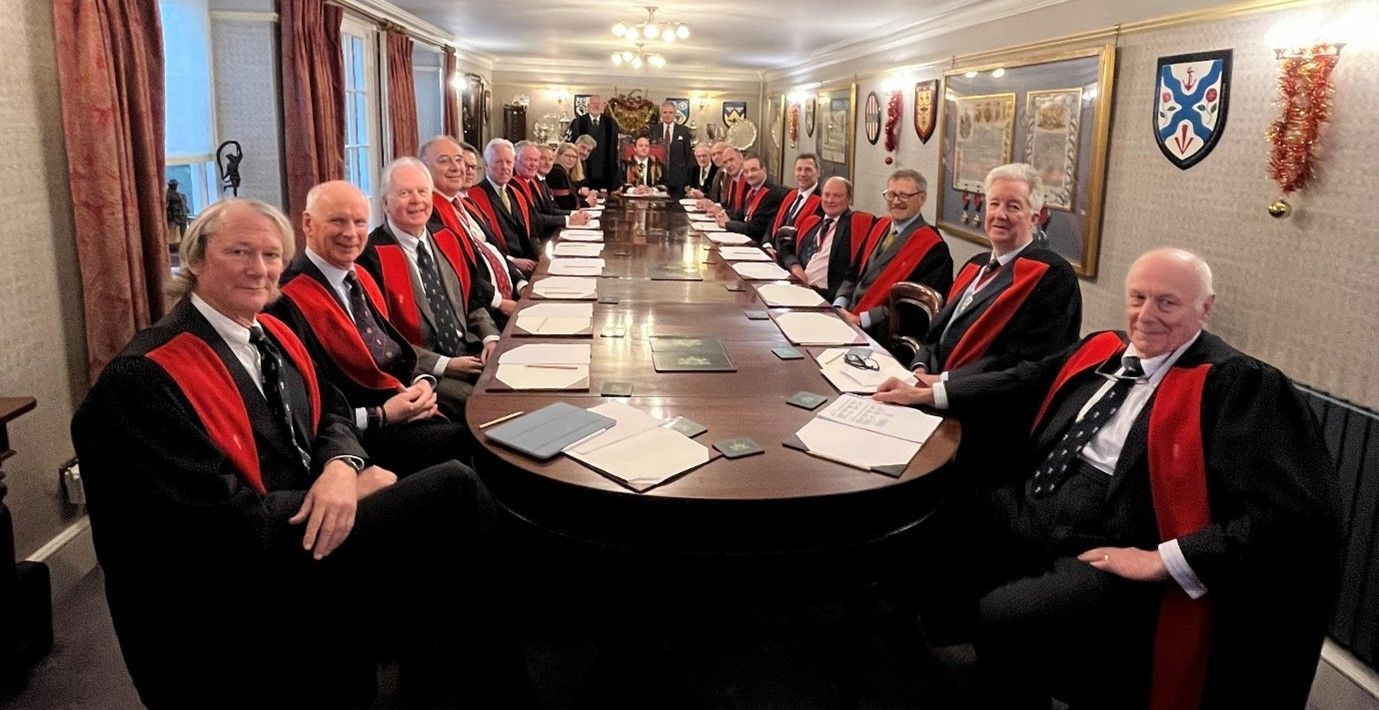
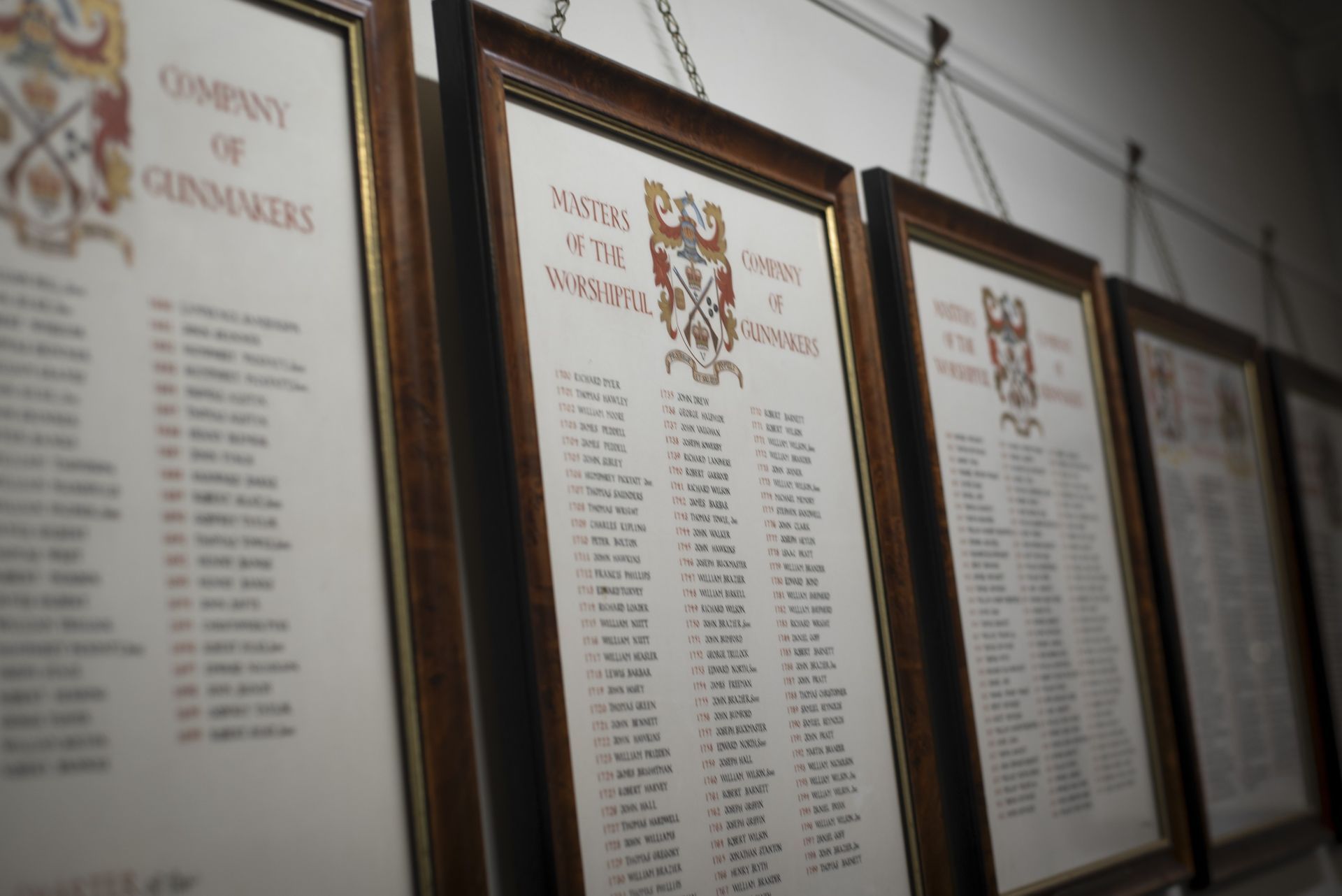
The Certification Panel
The most experienced gunmakers in the UK certifying the next generation.
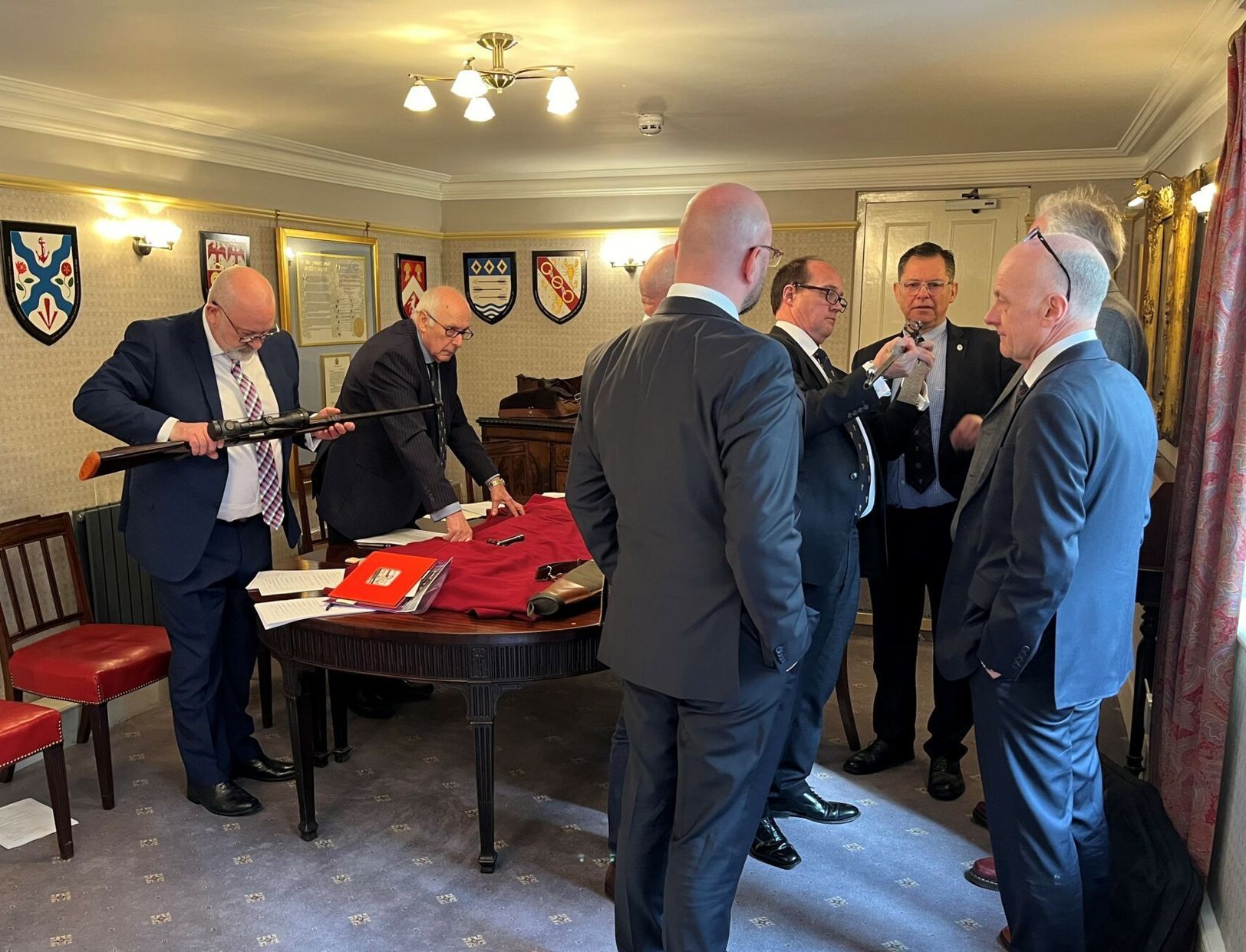
The McMillan Trophy
Awarded only when worthy work is assessed by the certification panel.
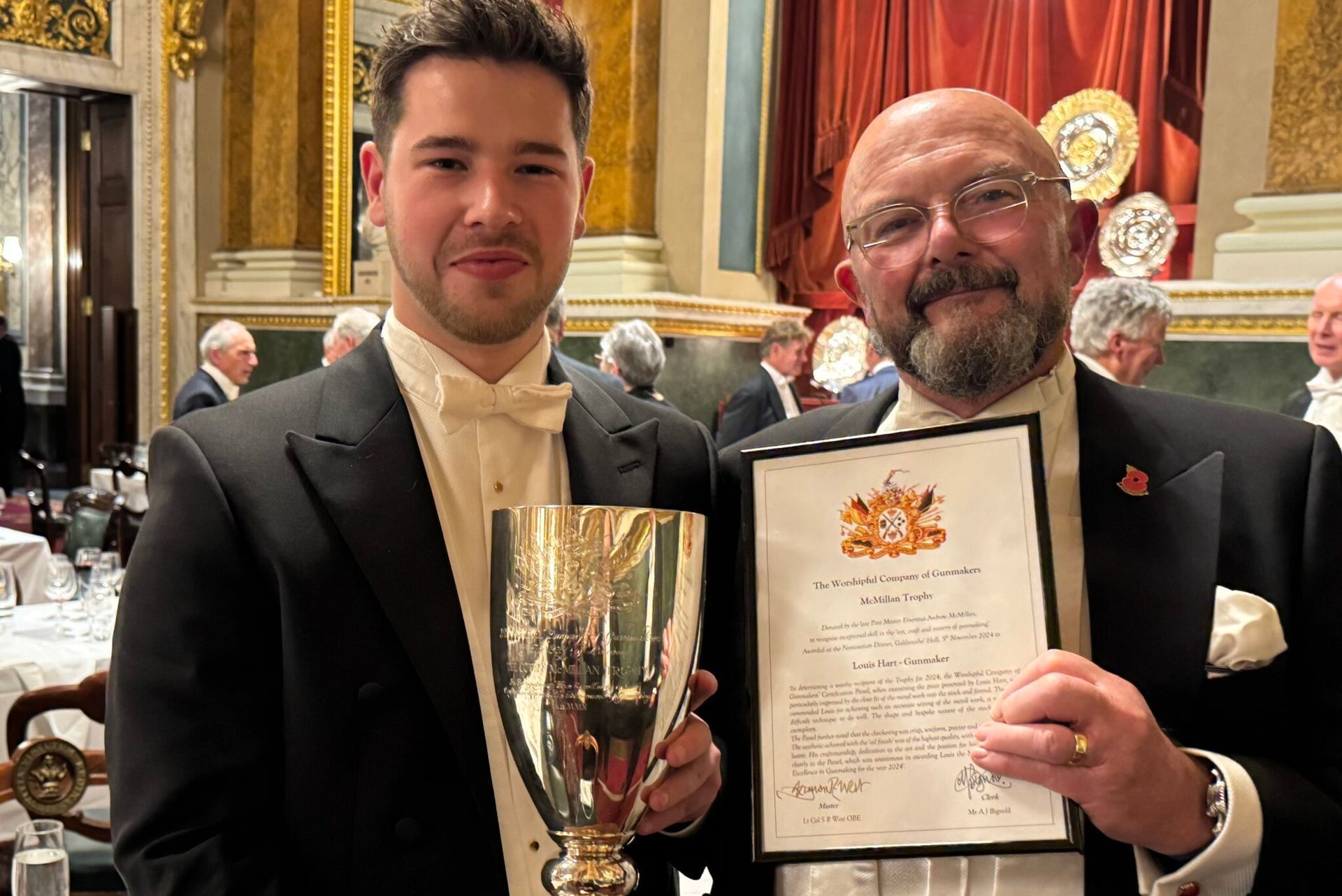
GET IN TOUCH
Address
The Proof House
48-50 Commercial Road
London
E1 1LP
Business Hours
Mon - Thurs 08:30-17:30
Fri - Sun Closed
VISIT US
Google Maps
Apple Maps
What Three Words
NAVIGATE THE SITE
All Rights Reserved
The London Proof House Limited. Registered Number: 15733940. Registered Address: 48-50 Commercial Road, London, E1 1LP